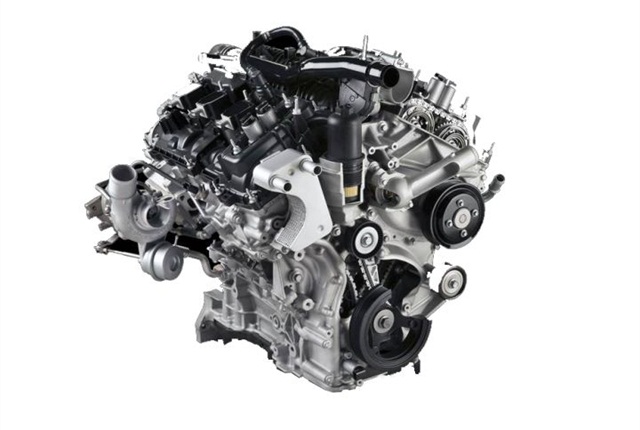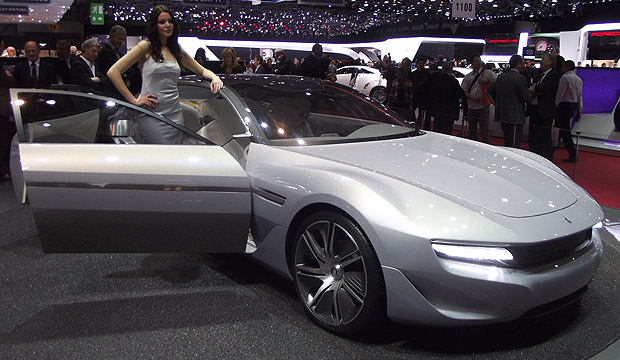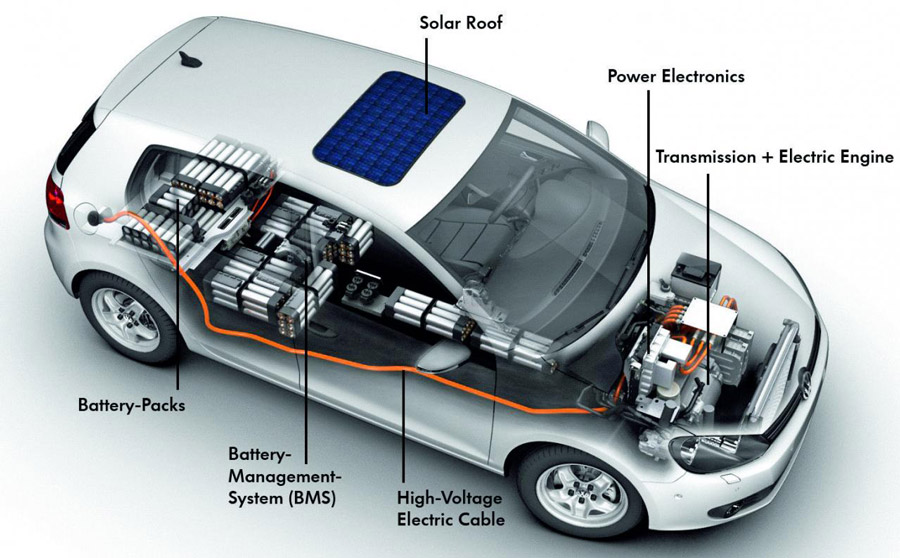What Does The Future Hold For Car Engines?
The development of the modern car as we know it has been work in progress for hundreds of years. The first idea of a locomotive was a picture drawn by Leonardo Da Vinci in 1478. Although a few hundred years passed before the first locomotive was built, when the journey started there was no looking back. There have been a number of people who have contributed to the growth of the auto industry and some of the most notable personalities include Carl Benz, Henry Ford and Nicholas-Joseph Cugnot.
The idea behind developing a car was to build a self-propelling locomotive. In order to achieve this, the main idea was to have a power source that would propel the car. The power source came in form of an engine. Over the years, different types of engines have been used to propel a car. The earliest types of engines were simple steam engines, however, the invention of the internal combustion engine by Carl Benz is what really revolutionized the automotive industry. The internal combustion engine is efficient and powerful enough to power any type of car. Of course, there have been numerous improvements to the internal combustion engine so as to make it environmentally friendly, user-friendlier and easy to handle.
Development in the auto industry did not stop with the internal combustion engine but there are constant improvements. The current and most advanced technology in the markets is the use of electric motors. Electric cars are the new thing in town and every car manufacturer is working hard to catch up with time and develop the next most advanced electrical car. So, having said this, what does the future really hold for car engines?
The internal combustion engine is not going anywhere anytime soon

There have been a lot of talk about the death of the internal combustion engine, however, you can be sure that this not going to happen anytime soon. There has also been the talk of some countries banning the use of the internal combustion engine by the year 2030 but it is also important to note that the internal combustion engine is part and parcel of the automotive industry. This has been the most efficient and reliable engine in the automotive industry and will take a whole industrial shake up and a number of years before these engines are completely done away with.
Impact of the electric cars

It is no doubt that the electric cars are phenomenal in the sense that they are environmentally friendly producing zero emissions and the cost of running them is incredibly cheap. However, just like any other new technology, the electric cars have their own challenges. First of all the cars are quite expensive to build and this high cost runs down to the consumer making the electric cars very expensive in terms of purchase price. Secondly, the electric cars are not as high performing and reliable as cars with internal combustion engines. The amount of power produced by the internal combustion engine is massive as compared to an electric motor of the same size. Thus there is a major challenge in terms of power output and reliability.
Other technologies

It is also very important to note that the future of car engines does not end with electric motors. Other ideas of means of propelling the future car have been floated around. Such ideas include hydrogen-powered vehicles, silicon batteries and turbine plug-in hybrids. All these are an improvement to the internal combustion engine and are expected to provide superior performance as well as to improve overall efficiency.




